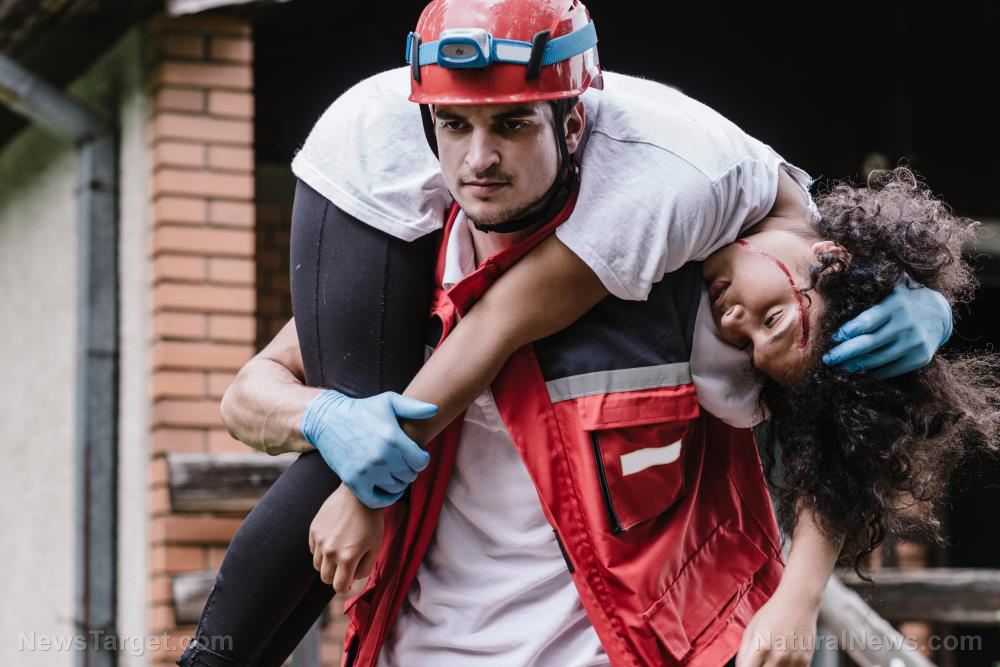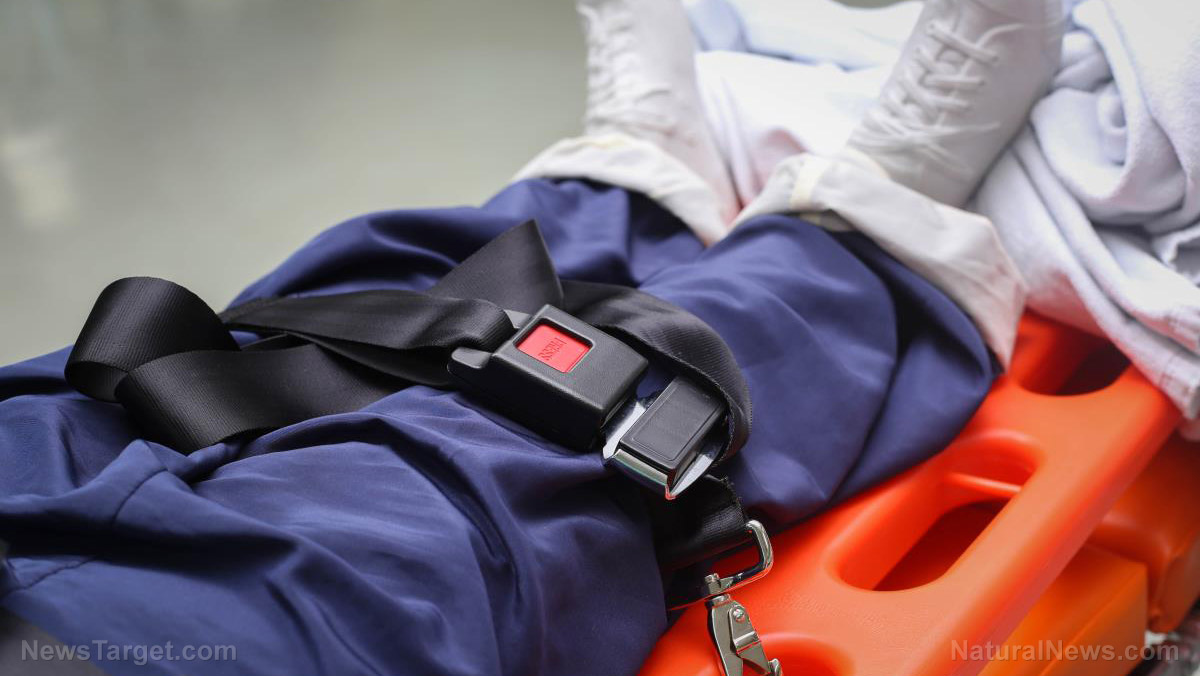
Many people rely on medics to attend to injuries and apply first aid. But when SHTF, medics will have a lot on their plate. Besides attending to a victim, they also have to look after themselves, get to the victim safely, lug a variety of emergency equipment and carry the victim to a medical facility.
Unfortunately, not all medical care will be rendered in peaceful circumstances. In hostile scenarios, the medic's job is complicated. Read on to learn more about the medic's priority and what to do when the medic gets injured. (h/t to DoomAndBloom.com)
The medic's priorities during combat
The military uses a set of guidelines for prehospital combat medicine. Called the Tactical Combat Casualty Care (TCCC), this set of standards encompasses all appropriate field care practices rendered to battlefield casualties from the point of injury until they are delivered to the nearest medical facility. It has three phases outlining the medic's priorities:
Care under fire
The medic should determine the risks of rescuing a casualty and remain armed and engaged in the presence of a hostile threat. An important goal during combat is to abolish all threats, so the medic may have to defer attending to a casualty and provide fire if needed. If the medic is unable to open fire, he would have to take cover. Once the casualty can be reached, the medic has to get the casualty to safety and stop major bleeding by using a tourniquet as a first course of action.
Tactical field care
During tactical field care, the medic is still on the battlefield but is away from immediate danger. At this point, he starts performing basic and advanced life support measures, like establishing airways, sealing open chest wounds, applying wound dressings, splinting fractures and preventing hypothermia. If access to intravenous lines is available, the medic may administer these during this phase.
TACEVAC
Tactical Evacuation Care (TACEVAC) focuses on stabilizing the casualty's condition and transporting him to the next highest medical resource, like a field hospital and trauma unit. Off the grid, this is wherever the bulk of your medical supplies are. In this controlled environment, the medic usually re-evaluates bleeding wounds, applies tourniquet placement/conversion, provides airway management and treats pain, among other things. (Related: Survival first aid: Tactical combat casualty care and the MARCH military doctrine.)
What to do when the medic is injured
Things will come to a head when the sole medic gets injured. Therefore, everyone in your survival group must be skilled in first aid care. Follow the steps below to administer first aid: (h/t to Survivopedia.com)
- Secure patient from immediate danger. Depending on the situation, you might need to rescue the casualty from drowning, electrocution, gunfire or other situations where it is impossible to deliver lifesaving care.
- Restore breathing and heartbeat if absent. Remove obstructions from the casualty's throat and mouth, reposition his body, apply CPR or clear vomit from his mouth.
- Stop any bleeding. To control bleeding, you can apply direct pressure over the wound using a cloth or a tourniquet.
- Protect wounds and stabilize fractures. Bandage, splint or pad the injury.
- Treat for shock. Shock is a critical condition caused by a sudden drop in blood flow. This may result from trauma, blood loss, severe infection or severe burns, among other things. Treat for shock by laying the casualty down and raising his legs and feet slightly.
Overall, medics should first try to abolish threats and avoid exposure to enemy fire while attempting to reach a casualty. Once the casualty is within reach, he should be brought somewhere safe and receive first aid as soon as possible. However, don't be too dependent on your team's medic. Be sure everyone in your survival group knows how to perform first aid.
Sources include:
Please contact us for more information.
















